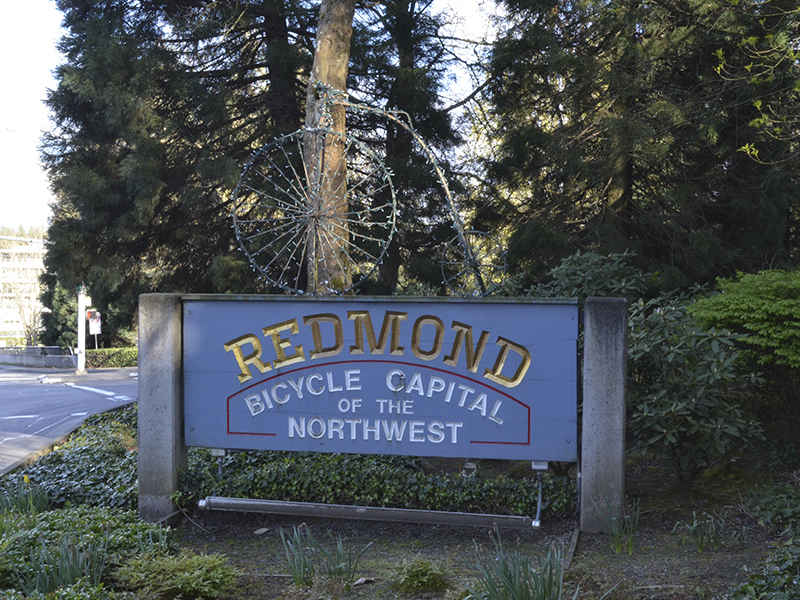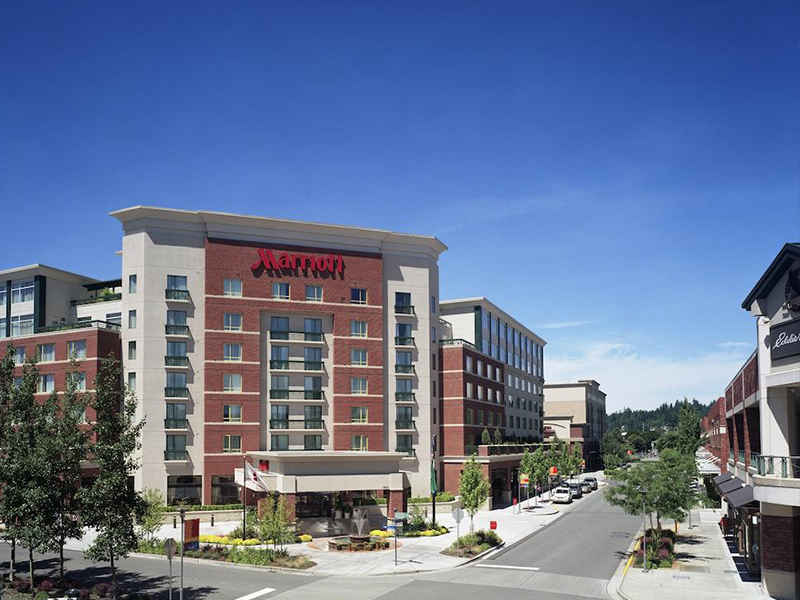Native Americans have lived in the Redmond area for over 10,000 years, based on artifacts discovered at the Redmond Town Center archaeological site and Marymoor Prehistoric Indian Site. The first European settlers arrived in the 1870s. Luke McRedmond filed a Homestead Act claim for land next to the Sammamish Slough on September 9, 1870, and the following year Warren Perrigo took up land adjacent to him. The rivers and streams had so many salmon that the settlement was initially named Salmonberg. More settlers came, and with the establishment of the first post office in 1881, the name of the community was changed to Melrose. The new name was derived from the Perrigos' successful inn, Melrose House, which upset McRedmond. After becoming postmaster, he successfully petitioned to have the name changed to Redmond in 1883.
The abundant forests and fish of Redmond provided jobs for loggers and fishermen, and with those jobs came demand for goods and services, bringing in merchants. The logging industry expanded significantly in 1889 when the Seattle, Lake Shore and Eastern Railway built a station in the center of town. The first plat for Redmond was filed on May 11, 1891, encompassing much of the area now known as downtown. After reaching the necessary population of 300, Redmond was incorporated on December 31, 1912.


Redmond experienced an economic downturn in the 1920s. Prohibition forced saloons to close, cutting off a large portion of the city's tax base. The forests were declining after heavy logging, causing lumber mills to shut down. The deforested land was suitable for farming. Agriculture became Redmond's primary business, keeping residents fed during the Great Depression. When the U.S. entered World War II, shipyard jobs and other wartime work came to Redmond.
After the war, Redmond's expansion began in earnest. The city expanded over thirty times larger in area through annexations between 1951 and 1967. From 1956 to 1965, Redmond was bordered by the town of East Redmond, which was formed by rural homeowners and later dissolved by the Washington Supreme Court. The completion of the Evergreen Point Floating Bridge across Lake Washington in 1963 allowed Redmond to flourish as a suburb of Seattle. In 1978, the U.S. Census Bureau proclaimed Redmond the fastest growing city in the state. Many technology companies made the city their home, and the increasing population demanded more retail shops. Redmond underwent a commercial boom during the 1990s, culminating in 1997 with the opening of Redmond Town Center, a major regional shopping center on the site of a long-defunct golf course. In recent years the city has been experiencing growing pains as a result of its rapid expansion, particularly in the areas of urban sprawl and traffic congestion. During rush hour it can take upwards of two hours to travel from the beginning of SR-520 at Avondale Road to downtown Seattle, a mere 16 miles (26 km) away. These problems are being mitigated by the expansion of SR-520 and the Evergreen Point Floating Bridge, as well as the planned light rail service via the East Link Extension from Seattle to Redmond to open in 2023.
We offer solutions for any moving needs. Our team is highly skilled in local moving, office moving, furniture hoisting, piano/pool table moving, packing, and so much more! Our facility is well equipped for for short and long term storage.